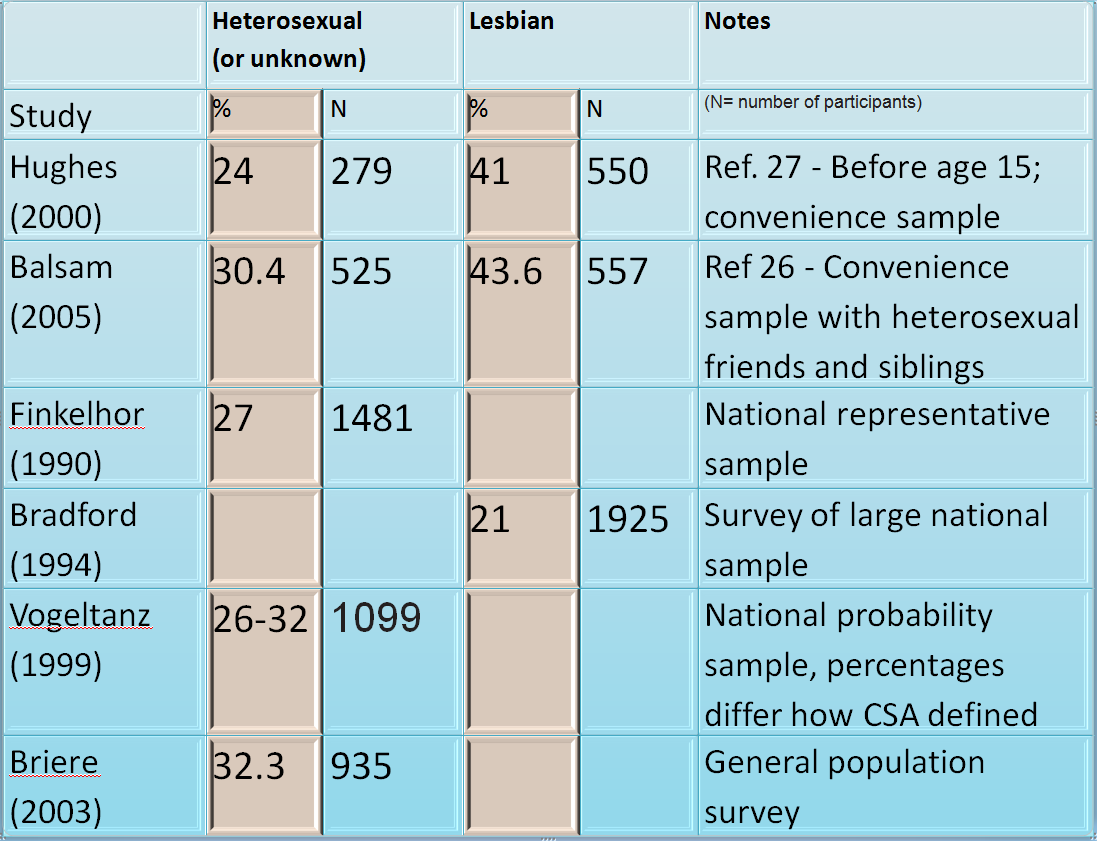David Virtue posted what might be perhaps one of the worst articles I have ever read on why some people are gay.
Titled, Why are some people gay?, the article by Mike McManus begins by telling some of the sad story of someone I happen to like, Michael Reagan.
I just read Michael Reagan’s book, “Twice Adopted,” which reports the terrifying evidence of why many become homosexual. The adopted son of Ronald Reagan and Academy Award winner Jane Wyman – lived through their divorce and found himself in a boarding school at age five, crying himself to sleep.
Michael wondered why some kids in his school went home every night, while he did not. “What’s wrong with me?” he wondered. “Why don’t my parents like me.”
His mother was making two or three movies a year, like his dad, who was also President of the Screen Actors Guild. They had little time for him, though each saw him every other weekend.
In his book, Reagan told of his tragic abuse perpetrated by Don Havlik, the camp director. And just when you think McManus is going to tell you that Michael Reagan is gay, he writes:
What was most horrifying about his secret is that he was afraid he would be labeled. Though he had never heard the word “homosexual,” at age 7, he knew he had been touched by a man, which did not sound normal. Fortunately, Reagan did become heterosexual and married happily.
Talk about adventures in not making your point…
Then he quotes Arthur Goldberg’s new book, Light in the Closet linking sexual abuse and homosexuality.
Many studies estimate that 40 percent to two-thirds of homosexuals – are victims of child molesters, according to Dr. Arthur Goldberg, President of PATH (Positive Alternatives to Homosexuality.) He adds that even higher percentages of lesbians were victims of child molestation.
I have never seen these stunning figures in the secular press before.
There is a reason why you haven’t seen these stunning figures in the secular press. They are misleading numbers. The higher numbers come from non-representative and skewed samples, if they come from studies at all. The real numbers for gays are intolerably high but so the percentages for heterosexuals, especially women. See this post and this one for some sanity on the topic of sexual abuse and homosexuality.
The for good (bad) measure, the article ends with a reference to gay marriage, improperly conflating homosexuality with pedophilia.
This issue goes far beyond same-sex marriage. Every step which normalizes homosexuality will attract more people into this perverted lifestyle, endangering children.
About the only redeeming value in this article comes via the warning signs provided by Michael Reagan to parents regarding how to protect children from actual pedophiles. Otherwise, this is a confusing (why is straight man Michael Reagan’s story described in an article trying to advance the notion that homosexuality derives from molestation?), and harmful article. If being untruthful is harmful in itself, then we have that kind of harm to start with. However, there is another kind of pain that can be caused with this kind of article. I have direct experience with families where children and grandchildren have been kept away from same-sex attracted (not even gay identified) relatives because of the fears whipped up by this contrived link between same-sex attraction and child molestation.
